
Humans are supremely capable of glancing at any image and understanding what’s within it. It only takes a fraction of second for us to analyze any image, an imperceptible response from us. What about machines? In this era of artificial intelligence, machines need to be smarter. Certainly, we have cracked it now with the help of semantic segmentation, an important task in computer vision.
What is semantic segmentation? Why is it important? How is it used in different fields? You’ll find answers to all these questions here. Let us have a look!
What Is Semantic Segmentation?
Semantic segmentation had been one of the key problems in computer vision industry. In short, it is the process of identifying “What’s in an image?”.
Classification means assigning a single class (metadata) to the whole image. In semantic segmentation pixels of image are classified into different classes. The task is a part of the concept of scene understanding.
Semantic segmentation is typically used to locate edges and gradients. It is an advanced computer vision task. The result of it is a set of segments that collectively comprise the whole image or a set of contours extracted from the image. Therefore, it is considered as a common step in the progression from coarse to fine inference.
Different Tasks Of Computer Vision:
Image classification
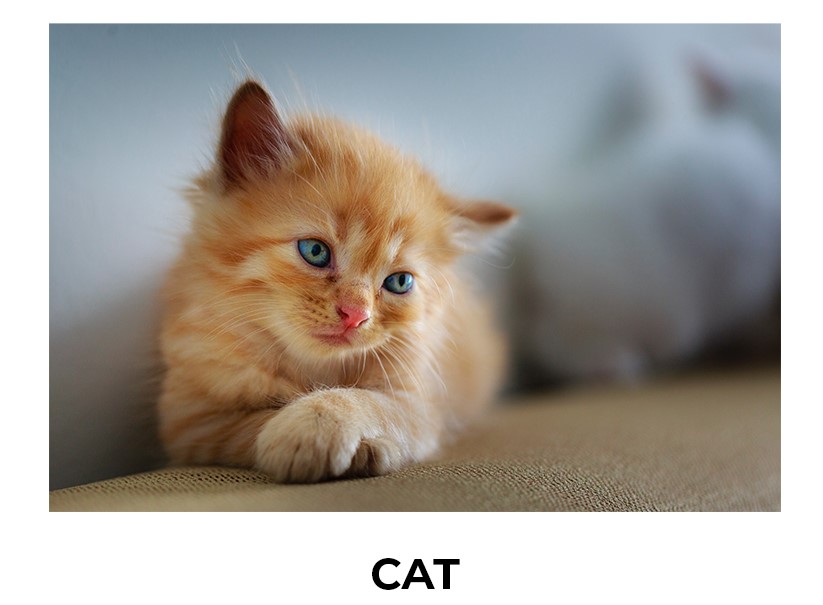
A core task in computer vision used to identify what is present in the image. Also, in image classification and we assume that there is only one object in the image.
Object detection and localization
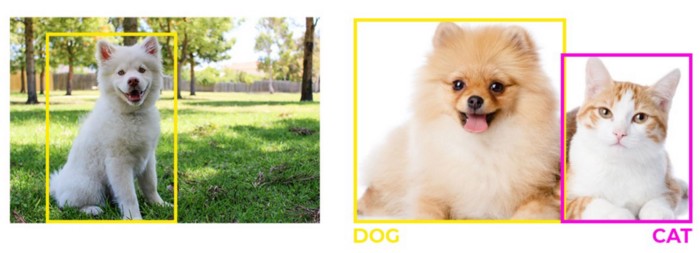
Localization helps us identify the location of a single object. Hence, It is typically implemented using a bounding box. However, In the case of multiple objects, we can rely on the concept of object detection. With which we can predict the location along with the class for each object.
Semantic segmentation

The goal of semantic segmentation is to label each pixel of an image with the corresponding class. We’re predicting for every pixel in the image. This task is commonly referred to as dense prediction. Through dense predictions, it produces fine-grained results. The outputs are not just labels and bounding box parameters. It is a high-resolution image in which every pixel is classified into a particular class.
Why Is It Important?
Semantic segmentation differs from other computer vision tasks. It enables us to decompose an image into meaningful parts and understand a scene at a more granular level.
Image classification helps to recognize what’s in an image. Object detection allows us to locate and track the contents of that image. Segmentation allows us to define and understand the shapes and boundaries of objects in an image. As well, this makes it suitable for the high level computer vision applications. A semantic segmentation annotation tool can drastically reduce the amount of time spent preparing images for input into a deep neural network.
Approaches In Semantic Segmentation
Region-based segmentation
The simplest way to segment different objects in an image would be to use their pixel values. Pixel values will be different for the objects and the image’s background if there’s a sharp contrast between them. We can separate the objects into different regions based on some threshold values.
Edge detection segmentation
The edge detection approach detect edges of objects and boundaries between objects and the background in the image. It is better for images having better contrast between objects. The method may not be suitable if there are too many edges in the image.
Segmentation based on clustering
The segmentation based on clustering divides the pixels of the image into homogeneous clusters. This works well on small datasets and generates excellent clusters. This is very much expensive and the computation time is high.
Types Of Semantic Segmentation
Full pixel segmentation
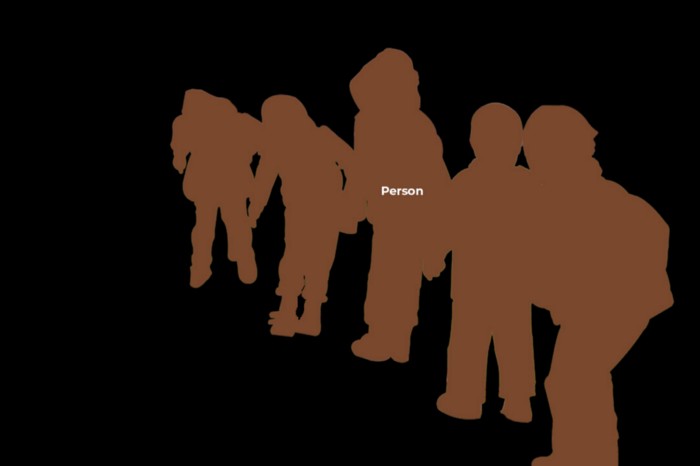
This is standard semantic segmentation. Here each pixel in an image is assigned with a class depending on which object of interest it belongs to. In full pixel segmentation, it recognizes and labels every pixel with classes. It does not differentiate pixels.
Instance segmentation
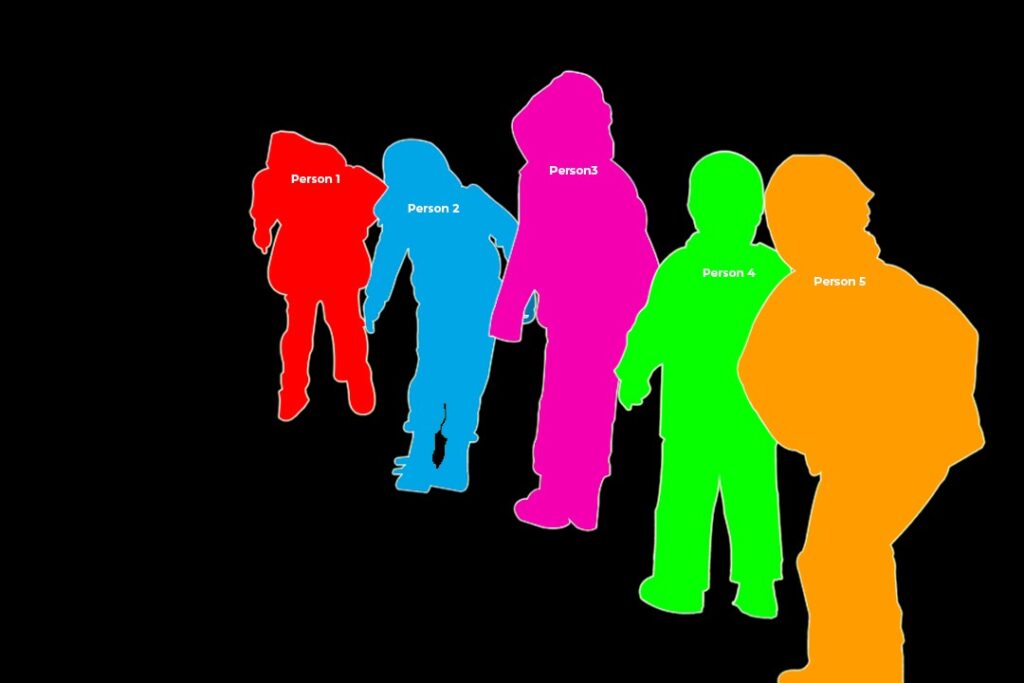
It is the combination of object detection and semantic segmentation. It detects instance, categorizes and labels every pixel. Here labels are class-aware and instance-aware. Different instances of classes are segmented individually.
Applications
Useful or not? Let’s know the most prominent applications of semantic segmentation to get a better knowledge of the need for such a process.
Autonomous vehicles
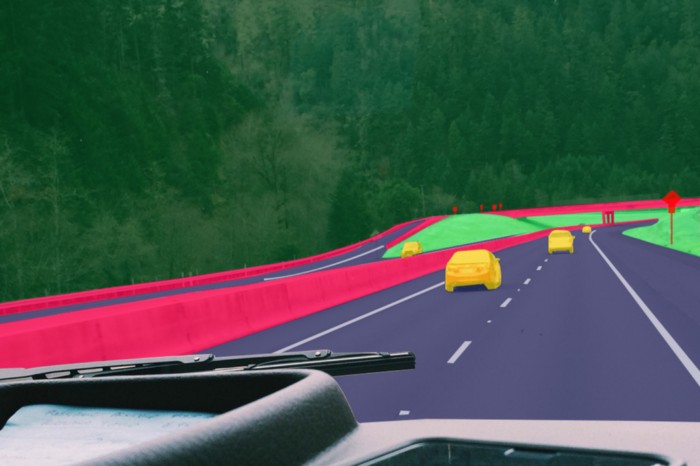
Self-governing driving is one of the revolutionary technologies now. It influences the lifestyle of people in industrially developed countries. It is a complex robotic task. This task needs real-time perception, analysis, and change. Semantic segmentation can give information about objects like cars, traffic signs, lanes, sidewalks, etc.
Facial segmentation
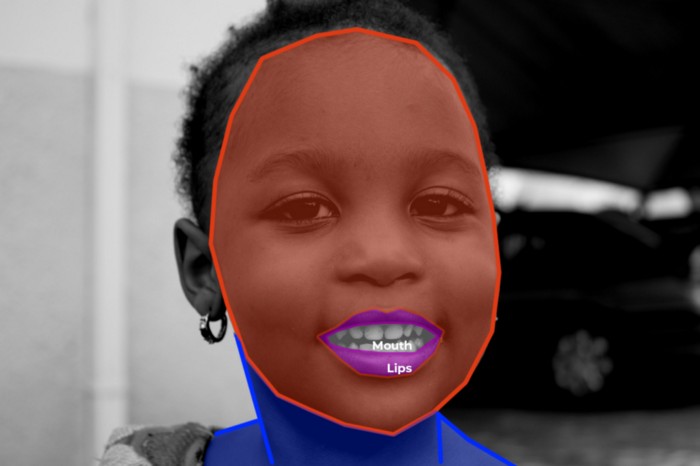
Semantic segmentation can help computer vision systems to perform tasks like recognition of expressions, age recognition, and the prediction of gender and ethnicity. It enables these tasks by separating regions of the face into important attributes like mouth, nose, eyes, chin, hair, and background.
The important factors influencing face segmentation dataset and model development are changes in lighting conditions, facial expressions, face orientation, and image resolution.
Biomedical image diagnosis
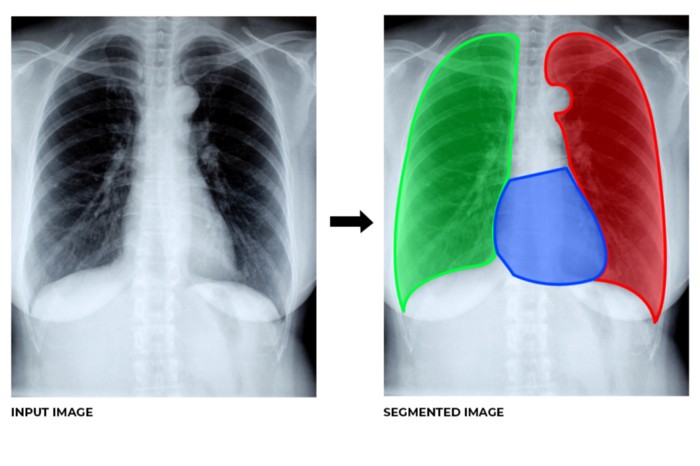
Machines can augment analysis performed by radiologists, greatly reducing the time required to run diagnostic tests. Segmentation assists doctors to diagnose and make decisions. Recognizing the pixels of organs or lesions from CT or MRI images is one of the most challenging tasks in medical image analysis. This is to deliver critical information about the shapes and volumes of these organs.
Geo sensing
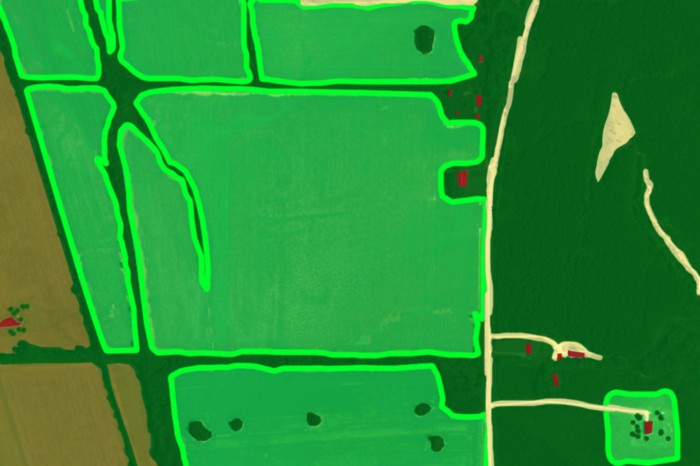
Semantic segmentation in satellite imagery can help us analyze land usage. Land cover information is important for various applications like monitoring areas of deforestation and urbanization. Also, the detection of buildings, roads, and other urban features are important for the research and analysis of city planning, road monitoring, and traffic management difficulties.
AgriTech
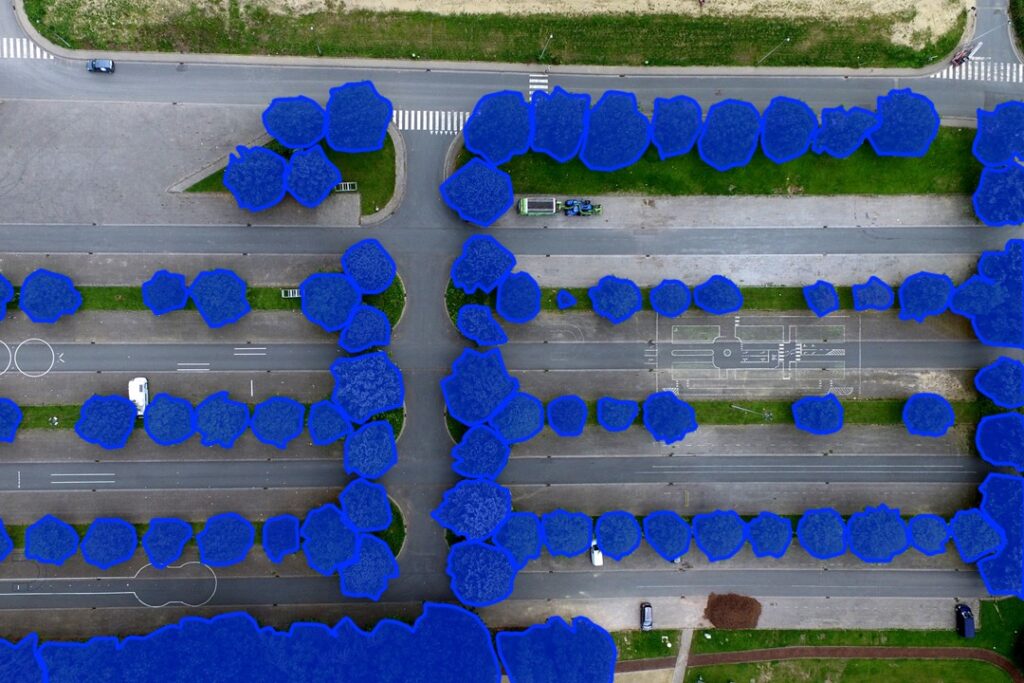
It is the use of technology to enhance productivity. Furthermore, through this method, we can reduce the number of herbicides that need to be sprayed out in the fields. Semantic segmentation of crops and weeds assist them in the period to trigger weeding actions. Even a large plantation can be covered fast. Consequently, this can reduce the manual monitoring of agriculture.
Segmentation Service @ Infolks
In short, In many real-world applications, semantic segmentation is one of the main computer vision tasks. Hence, the combination of computer vision and deep learning is highly interesting and has given us great progress in complicated tasks. Being an image annotation expert, Infolks have immense experience and expertise in various types of data annotation services. Also, for training intelligent machines with algorithms it requires precise datasets. These are processed using different annotation techniques. It is one of the major annotation services that we provide.